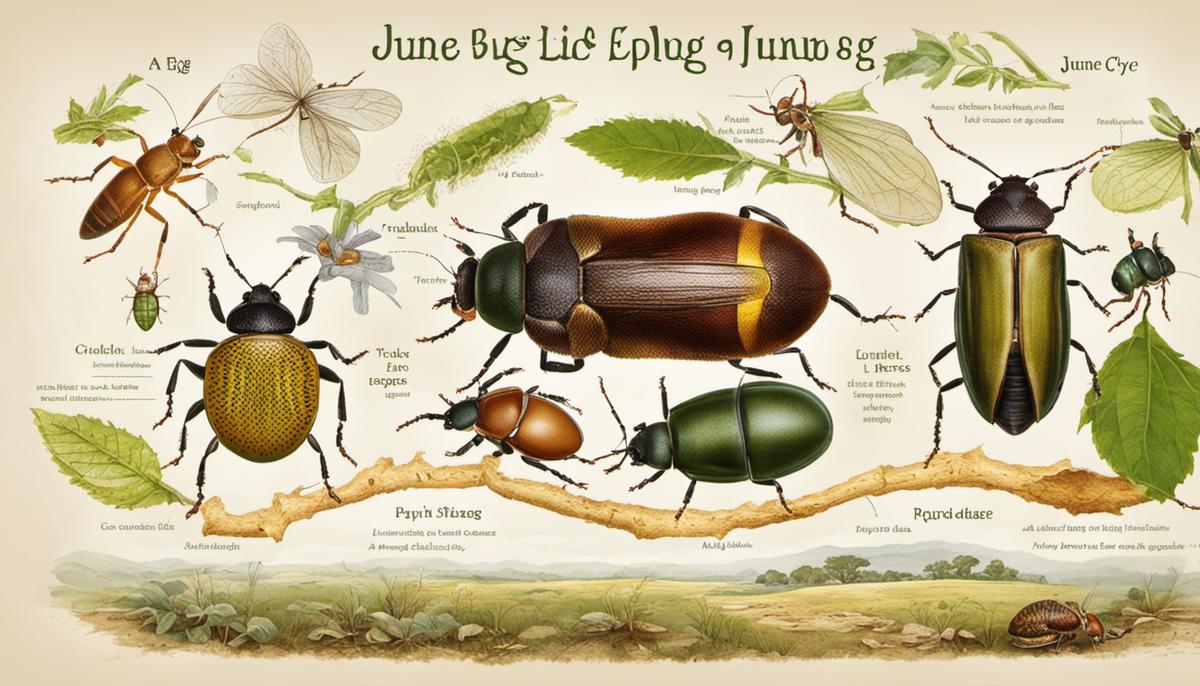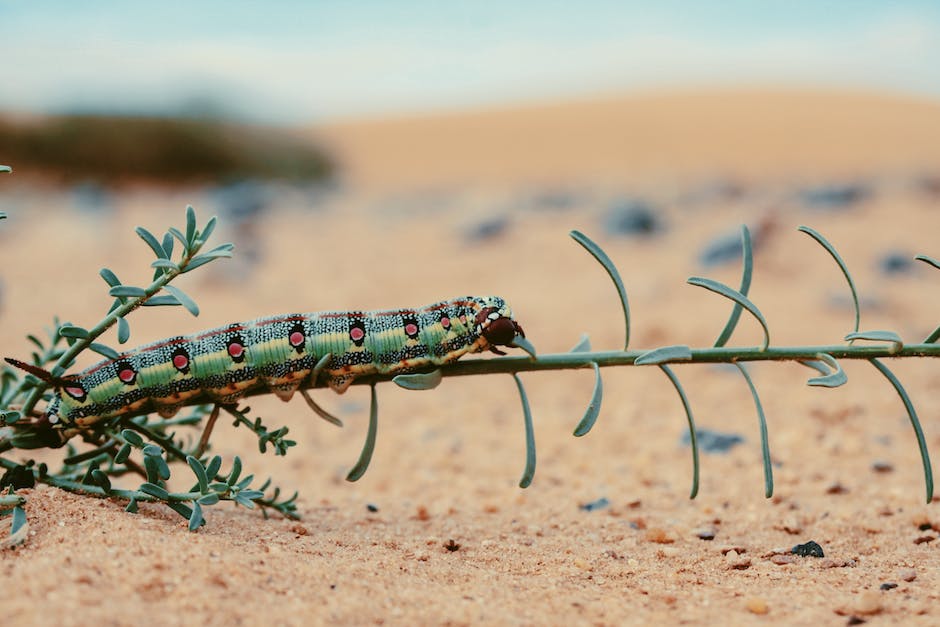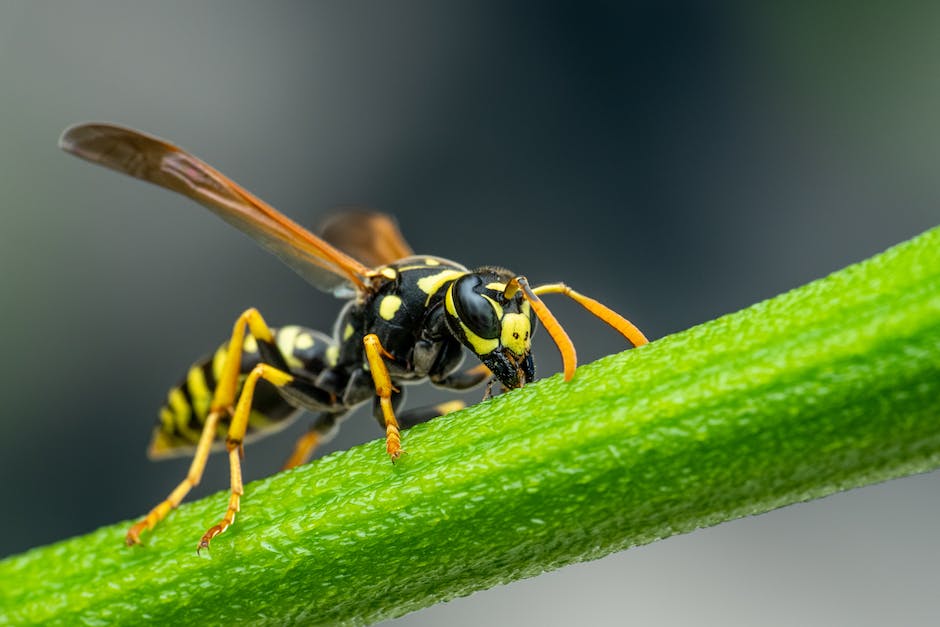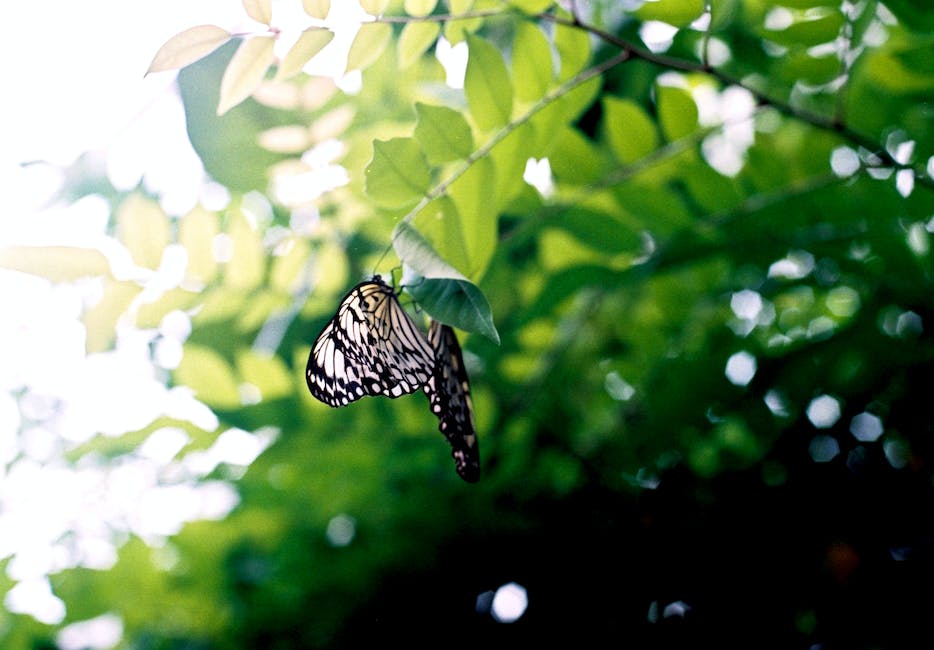Effectively Getting Rid of June Bugs

To maintain the health and vibrancy of your yard and garden, understanding and combating pests such as June bugs is cardinal. June bugs, also known as May beetles, these notorious pests can wreak havoc on landscapes, consuming plants and grasses. This document offers a comprehensive look at the June bugs life cycle and how this understanding can be the cornerstone in your strategy to combat their destructive nature. You’ll also discover how to effectively lessen June bug attractants and explore organic and chemical control methods, arming you with enhanced knowledge to custom-craft an effective strategy that suits your specific situation.
Understand June Bug Life Cycle
“The Fascinating Lifespan: Unraveling the Life Cycle of a June Bug”
Just when the smell of summer is in the air and you’re ready to enjoy the great outdoors, these critters start buzzing overhead. Yes, you’ve guessed it; we’re talking about June Bugs! Despite their pesky demeanor, June Bugs are creatures of remarkable biological characteristics, even possessing a rather fascinating life cycle that deserves a closer look.
Come along on this journey to explore and understand the life cycle of a June Bug, an insect that has intrigued hobbyist entomologists for ages. Grab your bug-catching gear, and let’s dive right in!
First things first, we need to grasp the essential stages of a June Bug’s life. In simple terms, these tenacious little pests follow a quite predictable pattern: egg, larva, pupa, and adult.
Starting from humble beginnings, female June bugs lay their eggs in the mid-summer season – hence the popular moniker. They strategically choose to lay their eggs in soil that is not too moist yet able to provide the larvae with an ample food supply. Fascinatingly, a female June Bug can lay anywhere from 50 to 200 eggs at a time! It takes approximately 3 to 4 weeks for these eggs to hatch, signaling the initiation of the larval stage.
Now, this is where it gets even more interesting. The larvae, also known as grubs, are notorious for being lawn pests. They feast on the roots of grass, making it a rather grueling time for those striving to maintain a lush, green lawn! This larval stage can last up to three years – indeed, quite an extended period of rampant destruction for these small creatures.
Our journey doesn’t stop here, though. The next stage for our grub friends is the pupal stage, which only comes to fruition in the final year of their lifecycle. In an amazing transition, the grub undergoes a metamorphosis beneath the soil to become a pupa. Throughout the winter months, they remain safely ensconced beneath the ground, encapsulated in their earthen cocoon.
Finally, as the cold winter months transition to the warmer climes of spring, the pupa undergoes yet another transformation. It emerges victoriously from the soil as a grown June Bug, completing its lifecycle. These adult June Bugs, which you frequently see zipping around your porch light, only live a short span of 1 to 2 years, mostly hovering about in the months of May and June.
So there you have it, the life cycle of a June Bug in a nutshell! Understanding the lifecycle not only gives fresh insight into the biological wonders of the bug world but also assists in taking control measures right at the root, quite literally, to protect your beloved landscapes. Delve deeper into this exhilarating world of insects and who knows what incredible entomological concepts you’ll uncover next!

Remove June Bug Attractants
Attracting June Bugs to Your Home: What You Need to Know
Venturing deeper into the fascinating world of June Bugs is not only an exciting journey but also an essential activity for budding entomologists and gardening enthusiasts. Understanding what attracts these insects to your home, despite already covering their lifecycle and prevalence this time of year, is a key step in controlling their impact on landscapes effectively. To start, let’s first focus on the primary factors that make your home irresistible to June Bugs.
Food Source is Paramount
June Bugs are connoisseurs of a wide variety of plants. These nifty nocturnal foragers can sometimes become a nuisance because of their voracious appetites. The adults feed on the soft parts of leaves, flowers, and fruits of several hundreds of plant species. Moreover, they also feast on deciduous trees and shrubs, plus fruit and vegetable crops. The more plant variety in your landscape, the more June Bugs it attracts!
Illuminated Invitation
Another primary factor that draws June Bugs, particularly during the evening, is outdoor lighting. Adult June Bugs are attracted to both light sources and warm seasons, making houses an ideal spot during summer nights. Porch lights, garden lamps, or any outdoor lighting fixtures are like magnets to these creatures.
Sensational Scents
June Bugs also identify potential food sources by aroma. They have an impeccable knack for locating decaying organic matter, a primary component of their diet at the larval stage. So, if your home compost pile or organic mulch aroma wafts through the air, June Bugs are sure to follow.
A Foundation for Family
Once attracted to the right environment, female June Bugs will lay eggs in the soil of lawns, fields, and gardens, laying the perfect foundation for a new generation. Healthy, lush lawns and gardens act as an attractive nesting ground, especially if it is coupled with moist soil for the offspring’s survival.
Understanding these crucial elements that attract June Bugs can give those involved with this hobby, a further sense of why they end up in some places more than others. These insights can be of paramount importance in managing their presence and creating a balance in the ecosystem where they thrive and coexist. Remember, knowledge is power, even when it comes to June Bugs!

Organic and Chemical June Bug Controls
Now that a solid understanding of June Bugs, their life cycle, and their ecology has been established, let’s delve into effective methods to control these pests. These can be broadly categorized into organic and chemical solutions. Definitely, there’s a need for every ardent gardener to take control measures; otherwise, it’s a total green chaos!
When it comes to organic control, implementation of strategies such as manually removing the June bugs, attracting natural predators, and the use of milky spore and nematodes can be effective.
Manual removal is perhaps the most straightforward method. Often spotted in the evenings, you can shake them off the plants, collect, and then dispose. It’s labor-intensive but can be moderately efficient for small infestations. Another way would be to encourage natural predators. Birds, frogs, or even certain species of wasps are known to feed on June bugs or their larvae. By creating a wildlife-friendly garden, you can attract these helpful creatures.
Milky spore, a naturally occurring bacteria (Bacillus popilliae), is also a great option. It specifically targets the larvae of the June bug, without harming beneficial insects or the environment. Another organic solution is beneficial nematodes. These microscopic worms feed on June bug larvae, thus diminishing the population.
On the other hand, chemical controls deliver quick results but use them as a last resort due to potential environmental drawbacks. Products with carbaryl, a broad-spectrum insecticide, can be really effective when applied correctly. Remember to follow all safety precautions listed on the product label, like wearing protective equipment and avoiding contact with edible plants.
Another potent compound is imidacloprid. It’s a systemic insecticide absorbed by the plants, which then targets the feeding June Bugs. Keep these products away from flowers to prevent harm to pollinators. Also, applying early evening can maximize effectiveness as June Bugs are nocturnal.
Lastly, consider using insecticidal soap mixed with pyrethrin, a lethal combo for June Bugs. Spray directly onto visible bugs or onto affected plants. Always test a small area first to ensure your plants won’t react negatively. However, they are not selective and may harm beneficial insects as well.
In the end, the choice of organic or chemical means of June Bug control comes down to individual preference, budget, and the severity of your infestation. The ultimate goal remains the same: to keep those ‘buggers’ at bay and maintain a lush, healthy garden. With compassion and dedication towards our green wards and smart implementation of these tactics, victory can be ours. Let’s arm ourselves and defend our green paradise!

Given an understanding of the June bugs life cycle coupled with the knowledge of their attractants, you are now equipped with the fundamental building blocks of an effective June bug management strategy. Whether you opt for organic techniques, such as the introduction of nematodes and use of diatomaceous earth, or inclined towards chemical options, the decision is now within your informed purview. Remember, the path to a June-bug-free environment begins with an integrated approach that starts with prevention and includes responsive action. With this knowledge, you can reclaim and protect your space from the damaging effects of these pesky invaders.



